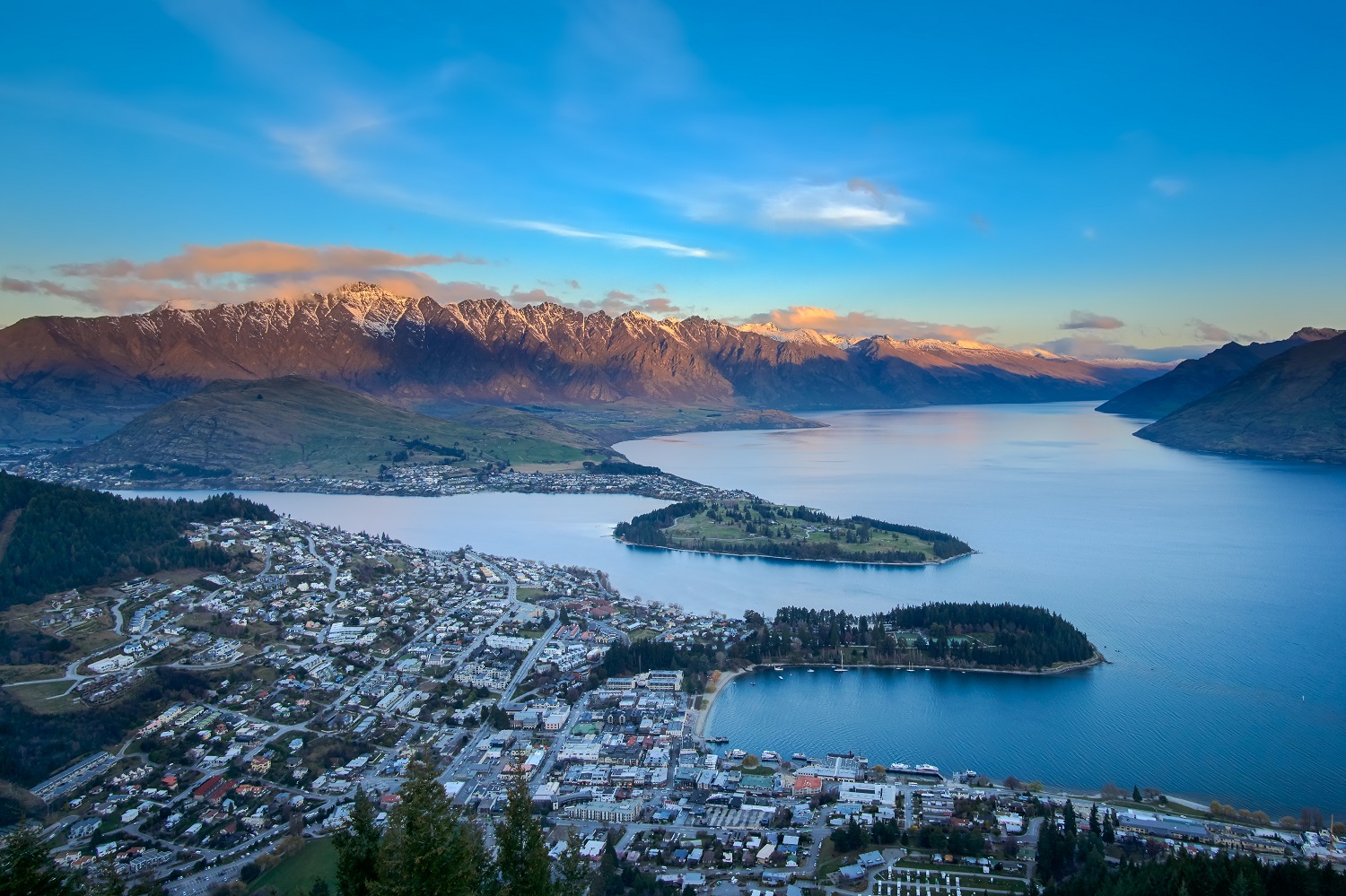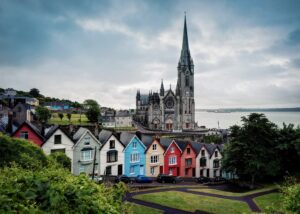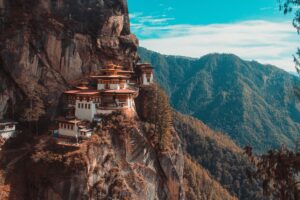Te Araroa, meaning “The Long Pathway” in Māori, is a continuous 3,000km walking trail stretching from the top of New Zealand’s North Island at Cape Reinga, all the way down to the bottom of the South Island at Bluff. The trail takes walkers through some of New Zealand’s most stunning and diverse landscapes, including beaches, forests, mountains, and cities.
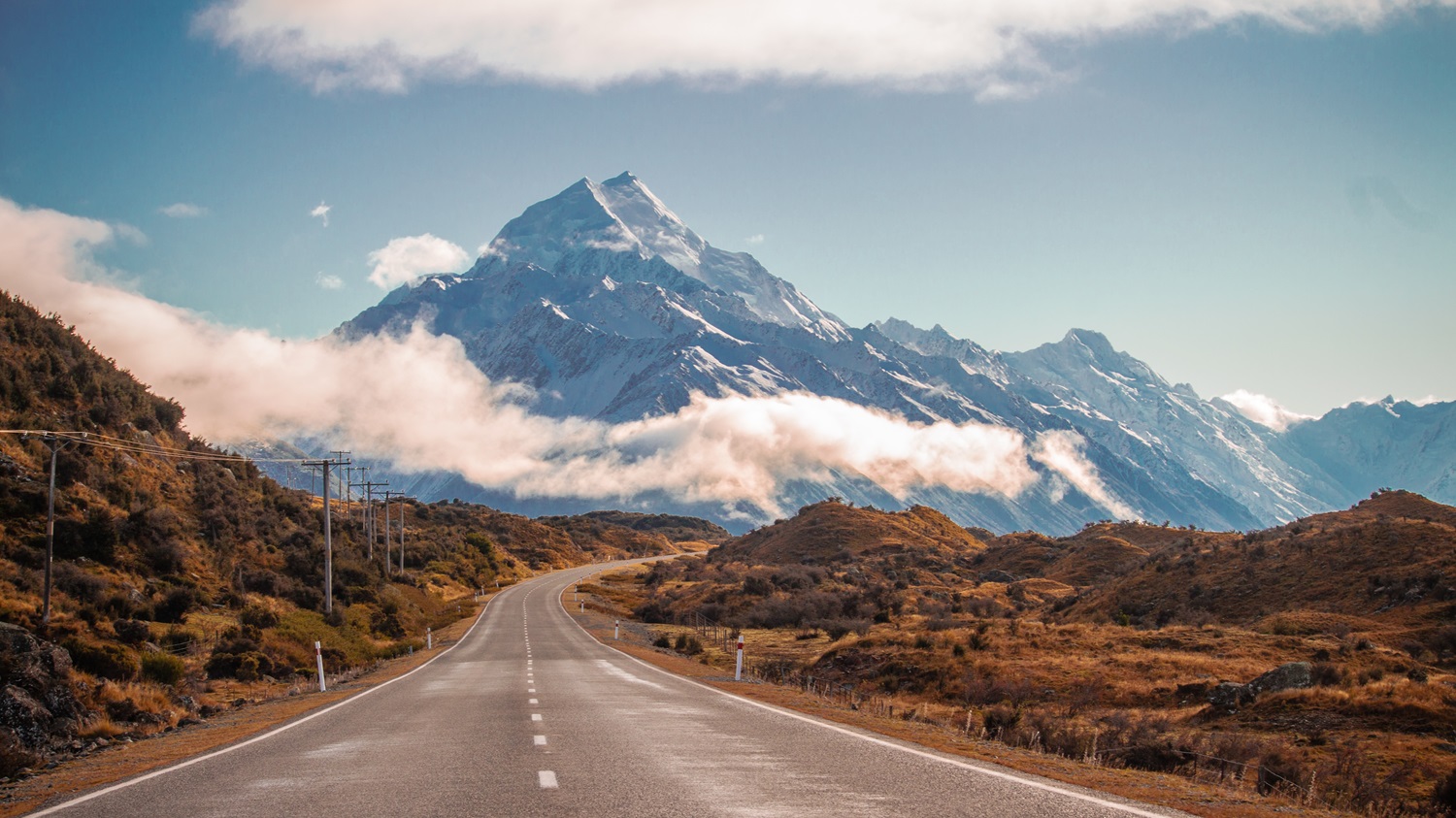
Trail Sections and Highlights
- Northland & Auckland: Starts from Cape Reinga, passes Ninety Mile Beach, through Kauri forests, and finishes in Auckland, NZ’s largest city.
- Waikato & King Country: Includes beautiful beach walks, the vibrant city of Hamilton, and the historic Timber Trail through Pureora Forest Park.
- Central North Island: Traverses Tongariro National Park, home to active volcanoes and the famous Tongariro Alpine Crossing.
- Lower North Island: Walkers pass through the bustling capital city, Wellington, before taking a ferry to the South Island.
- Upper South Island: Explore the beautiful Marlborough Sounds, and the stunning Nelson Lakes National Park.
- Mid-South Island: Cross over the Southern Alps via several mountain passes, and walk beside beautiful Lake Tekapo.
- Lower South Island: Hike through the expansive Otago wilderness, past the city of Dunedin, and conclude the journey at Bluff.
Preparation Tips
- Duration: On average, it takes walkers 4-6 months to complete the entire trail.
- Best Time to Start: For a North-to-South journey, start in late spring or early summer (October to December) to ensure safe passage through alpine sections in the South Island.
- Northbound vs Southbound: The majority of hikers walk southbound, starting in the spring or early summer (October/November) to avoid winter in the South Island.
- Gear: Prepare for a variety of climates, including alpine conditions. Waterproof clothing, sturdy boots, and camping equipment are essential.
- Navigation: Carry topographic maps and a GPS. The trail is marked, but some sections might be challenging to navigate. The Te Araroa Trust provides maps and trail notes on their website.
- Resupply: There are towns and cities along the way to resupply food and gear, but some stretches require carrying multiple days’ worth of supplies.
- Permits: Some sections require hut passes or camping permits, especially in national parks.
- Accommodation: Options range from camping and huts in remote areas to hostels and B&Bs in towns.
- Safety: Inform someone of your plans and expected return, especially in remote sections. Consider carrying a personal locator beacon.
- Fitness: Ensure you’re physically prepared for the demanding nature of long-distance trekking, with some sections requiring advanced backcountry skills.
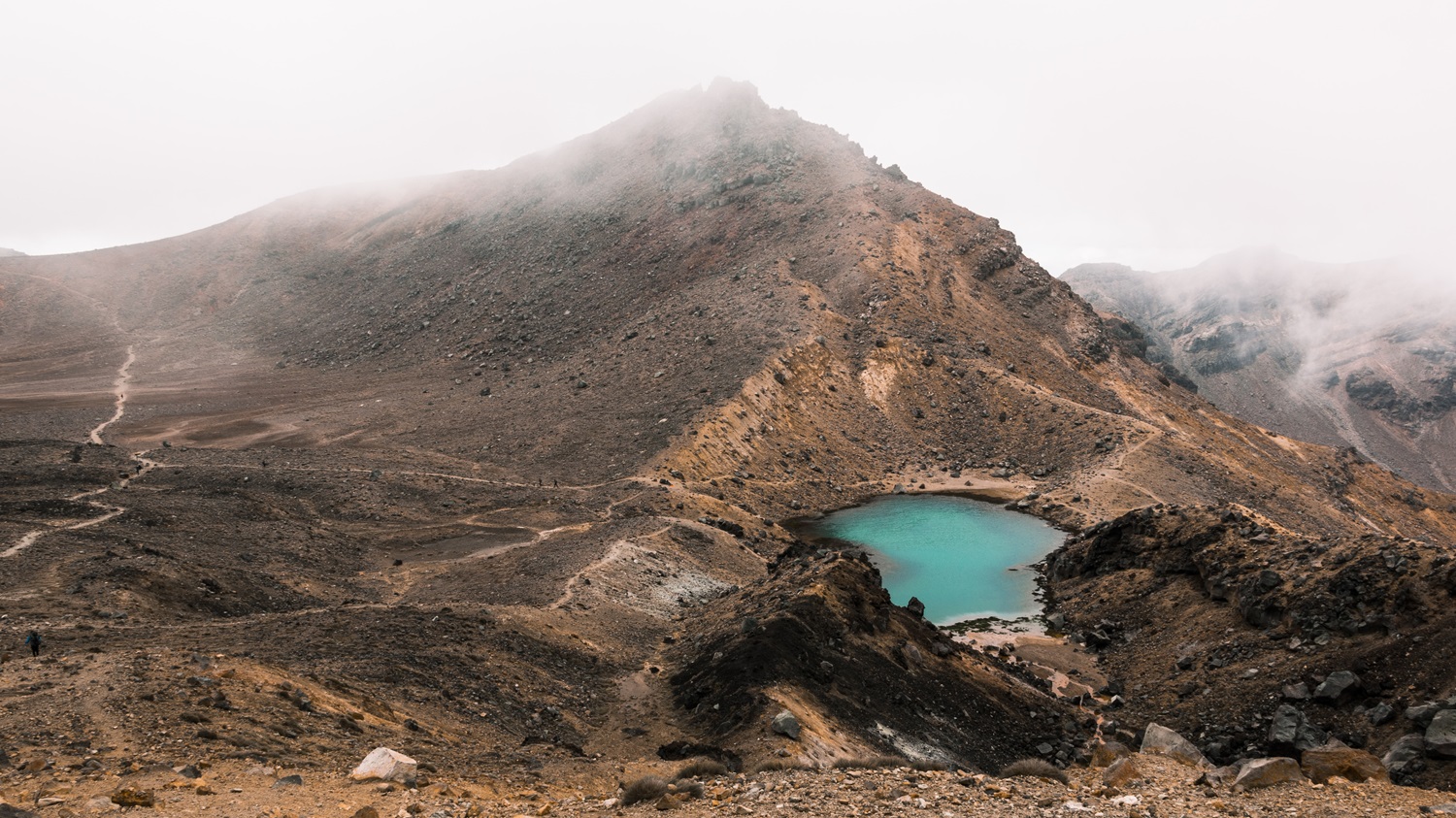
Safety Tips
- Weather: Be prepared for rapid weather changes and know your route’s weather forecast.
- River Crossings: Rivers can be hazardous, especially after rain. Learn proper river crossing techniques.
- Leave No Trace: Respect the natural environment by leaving it as you find it, disposing of waste properly, and minimizing campfire impacts.
- Emergency Beacon: It’s advisable to carry a personal locator beacon (PLB) in case of emergencies.
- Insurance: Make sure you have adequate travel insurance that covers backcountry hiking.
Local Culture
- Respect: The trail crosses private land and sacred Māori sites. Respect all signage and guidelines.
- Trail Towns: Support local businesses in towns along the trail, from cafes to accommodations.
- Trail Etiquette: Practice “Leave No Trace” principles, ensuring the trail remains beautiful for future generations.
- Cultural Sites: You will encounter Māori cultural sites; treat these with respect and follow any guidelines provided.
Hidden Gems
- Whanganui River Journey: A unique section where you can paddle the river instead of walking.
- East Cape Lighthouse: A detour on the North Island offering panoramic ocean views.
- Aoraki/Mount Cook: New Zealand’s highest peak, visible when crossing the South Island’s Mackenzie region.
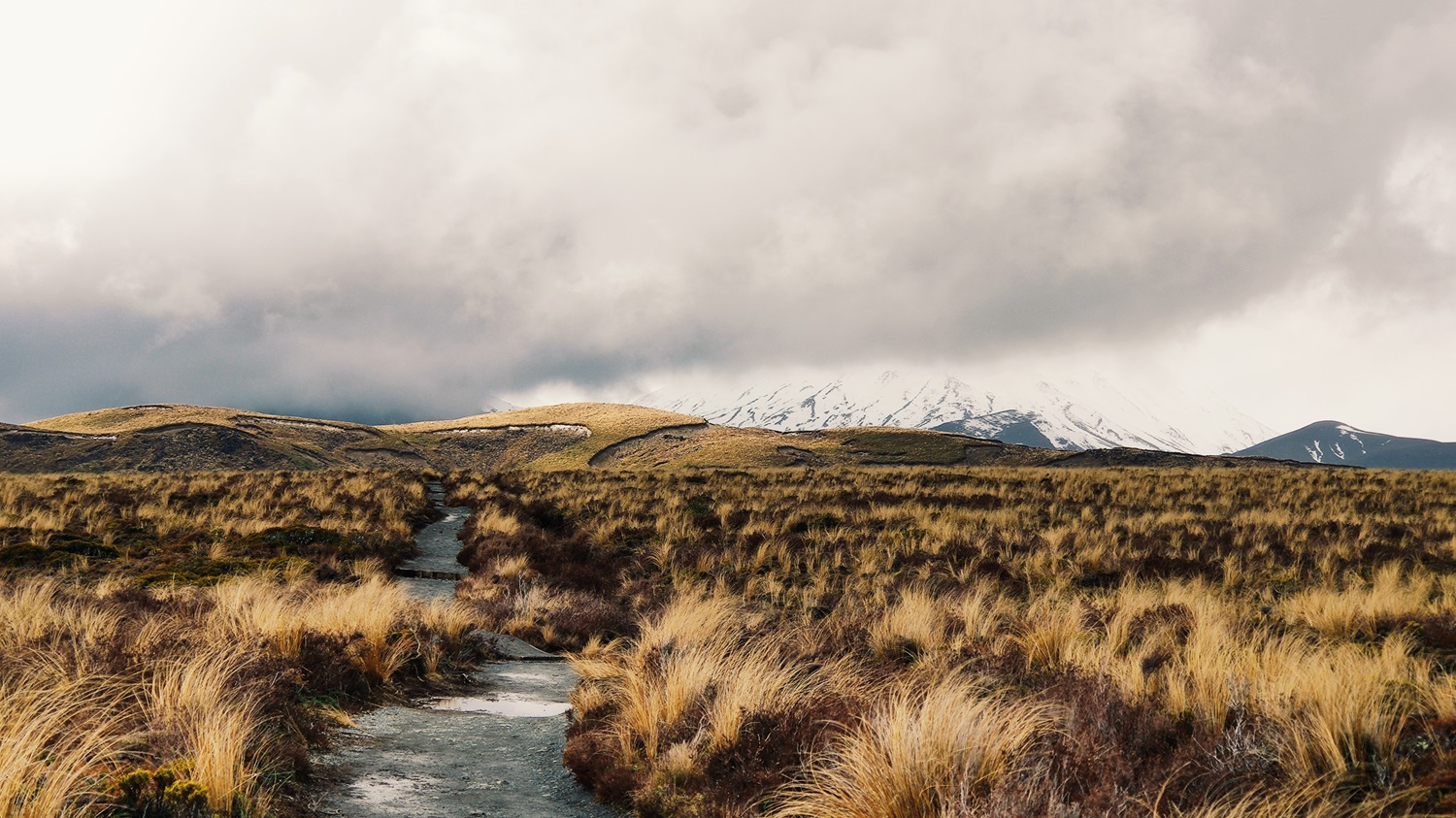
Conclusion
Te Araroa is more than just a long walk—it’s an immersive journey through the diverse landscapes and cultures of Aotearoa New Zealand. Those who undertake it will not only challenge themselves physically and mentally but will also form a deep connection with the land and its people. As with any long-distance hike, thorough preparation is essential, but the rewards, in terms of experiences and memories, are priceless. Safe travels and happy hiking!
